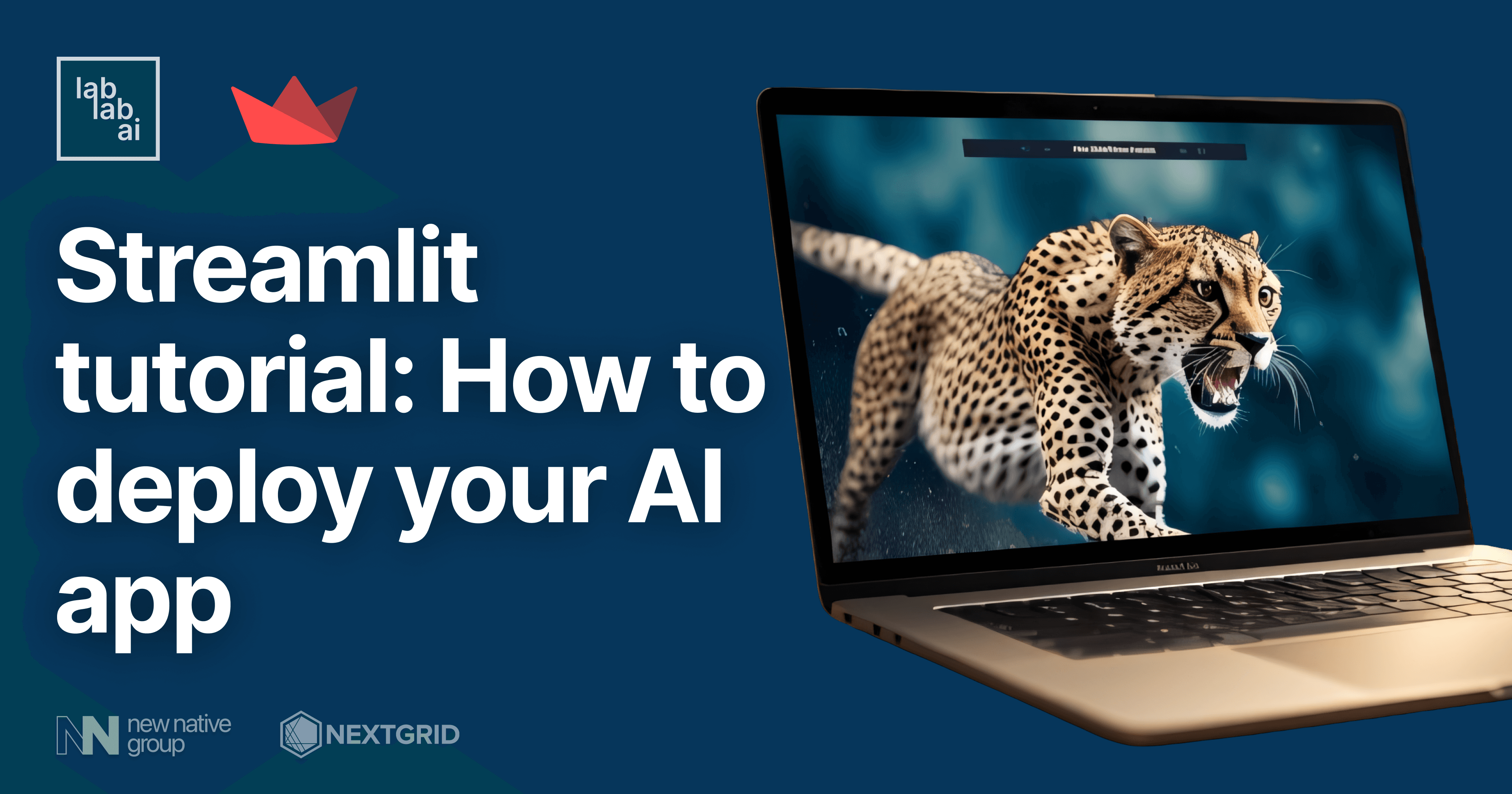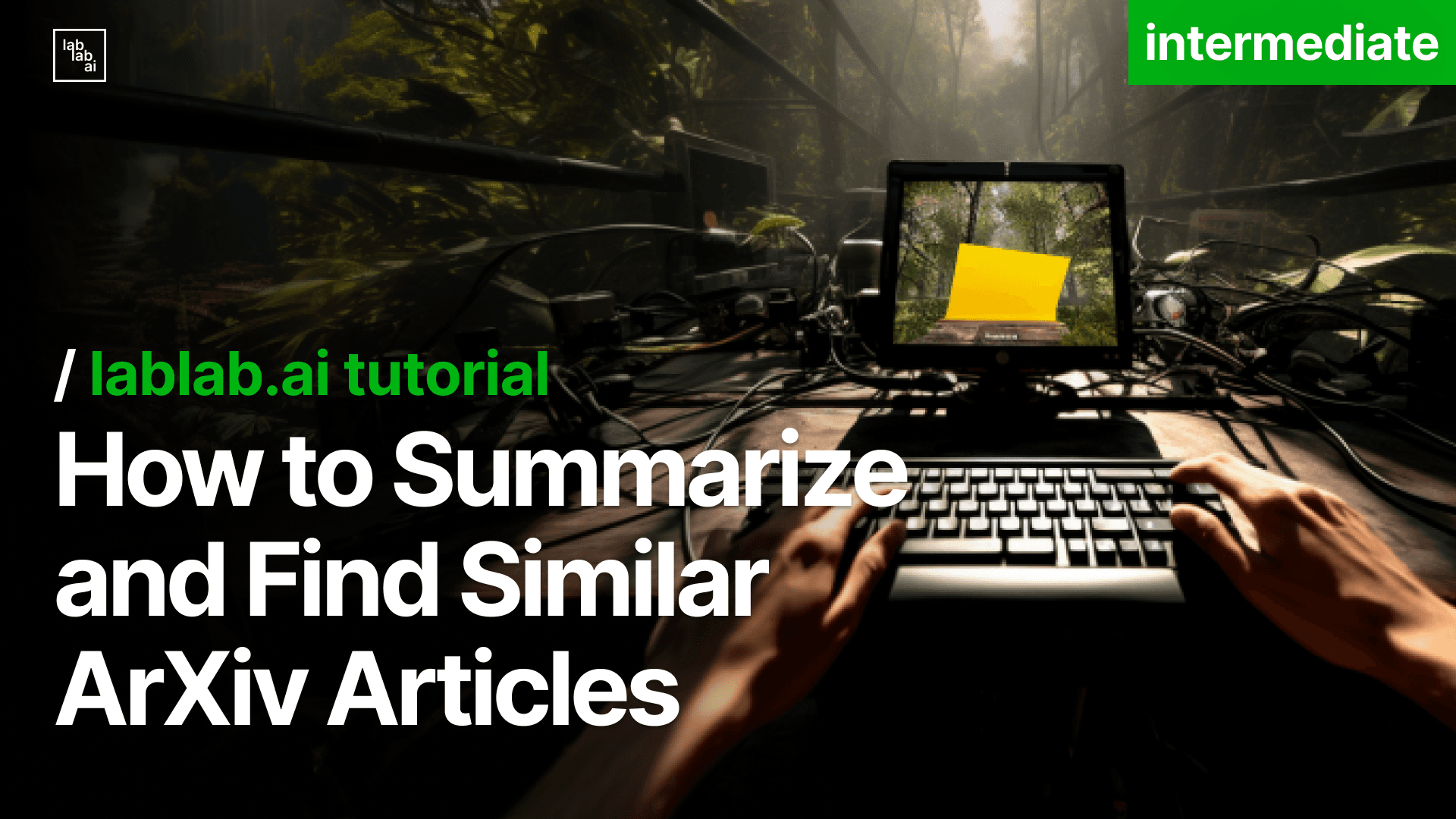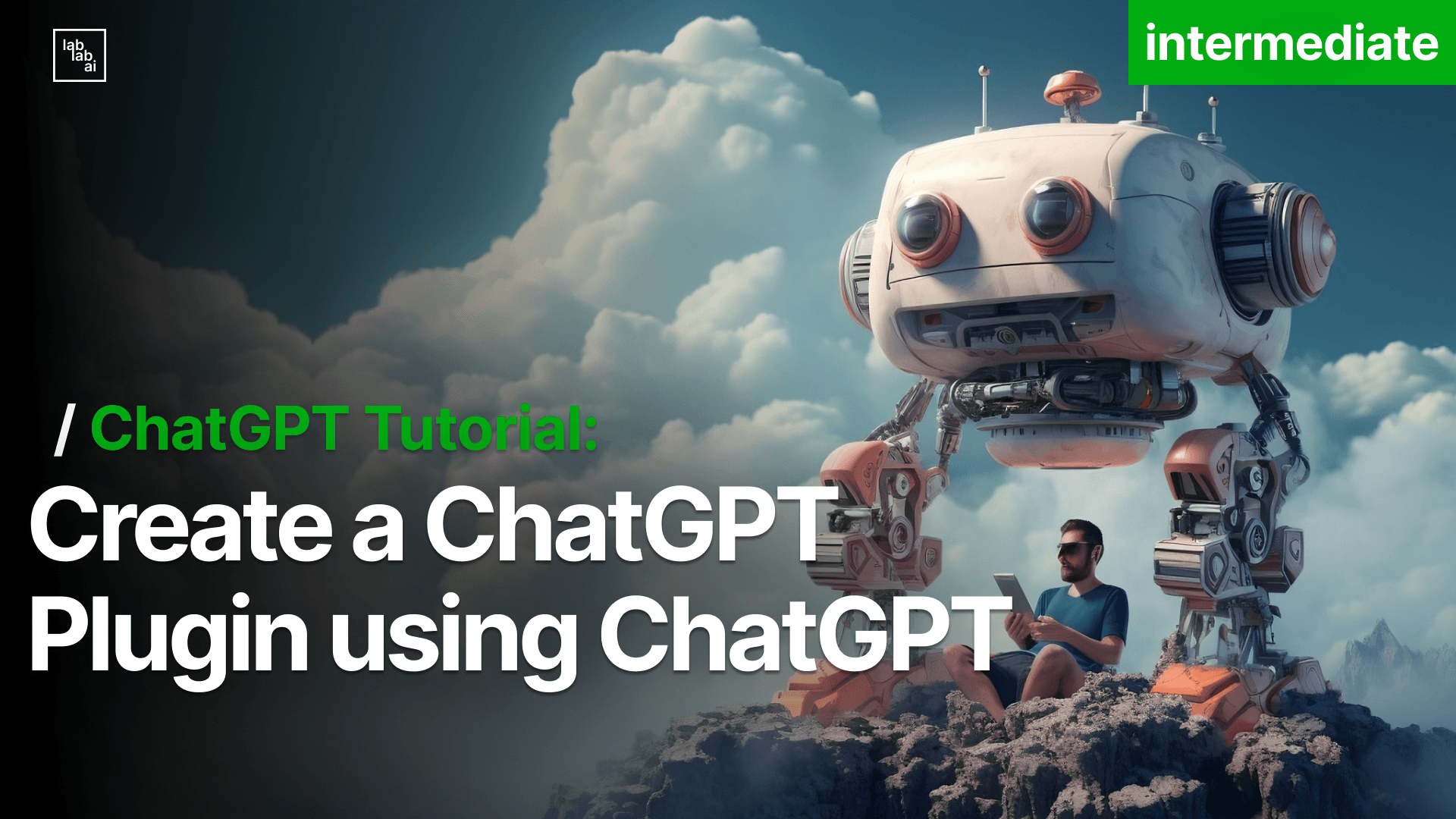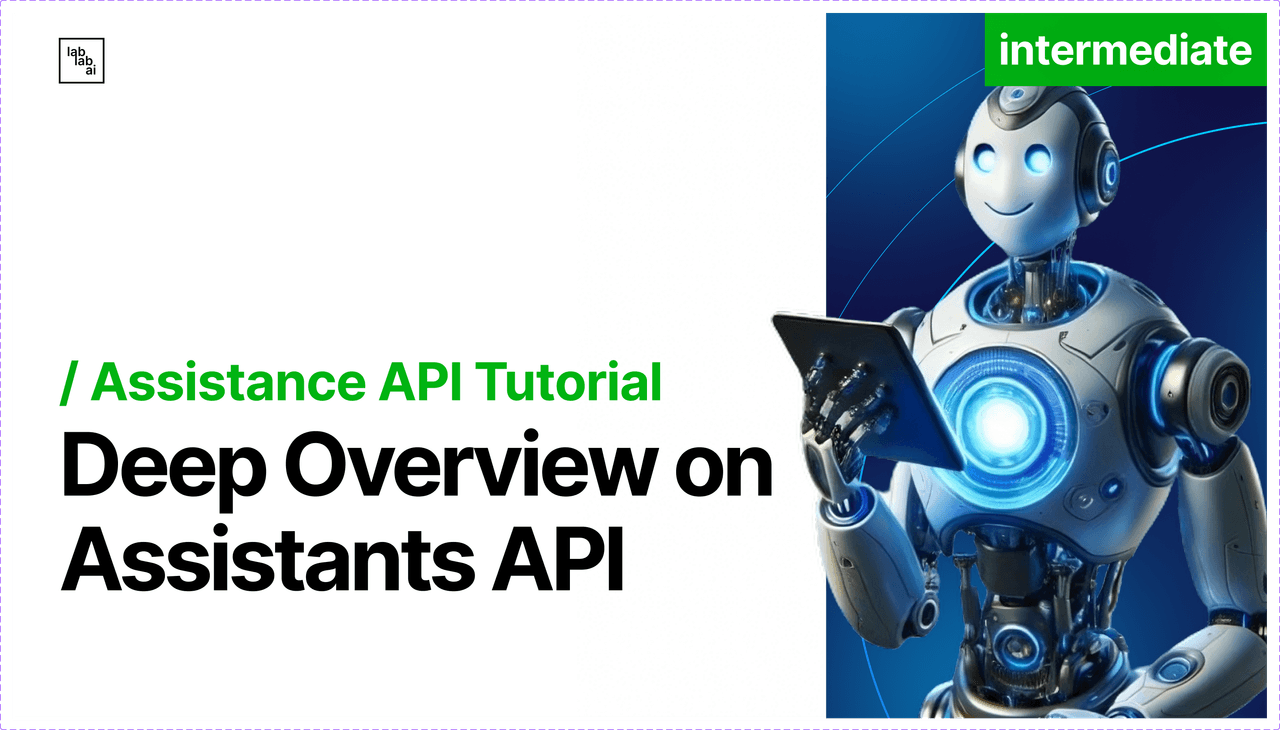Inside the Mind of ChatGPT: A Technical Deep Dive with Karpathy’s Latest Masterclass
Inside the Mind of ChatGPT: A Technical Deep Dive with Karpathy’s Latest Masterclass
Large Language Models (LLMs) have undoubtedly taken the AI world by storm, pushing the boundaries of language understanding and generation. With systems like ChatGPT, GPT-4, and the Llama family making waves, developers and researchers are looking for deeper technical insights into how these transformative models truly work.
Recently, Andrej Karpathy released a 3h31m intensive course—Deep Dive into LLMs like ChatGPT—that tackles the entire LLM lifecycle, from data pipelines to deployment. In this article, we’ll distill the course content through a developer-focused lens, walking through the technical details that matter most to engineers and ML practitioners.
1. The Pretraining Pipeline
1.1 Data Acquisition and Cleaning
Karpathy emphasizes the crucial role of curated, large-scale datasets for language modeling. Collecting data at scale isn’t just about quantity; maintaining quality (e.g., removing duplicates, handling noisy text, balancing topics and languages) has a direct impact on model performance.
- Diversity and Balance: Ensuring coverage across multiple domains (web text, books, code repositories, scientific articles, etc.).
- Quality Control: Aggressive filtering of low-quality or duplicate text can stave off degenerate behaviors in the model.
1.2 Tokenization Strategy
Tokenization is the first step toward transforming text into machine-friendly units. Karpathy touches on widely used techniques such as Byte Pair Encoding (BPE) and SentencePiece, illustrating how the right tokenizer can significantly improve both model efficiency and downstream performance.
- Subword vs. Character Tokens: Balancing the trade-offs between coverage and vocabulary size.
- Performance Optimization: Advanced tokenization can reduce sequence length, saving memory and computation during training.
1.3 Transformer Internals
At the heart of modern LLMs lies the Transformer architecture, built around multi-head self-attention. For practitioners, Karpathy’s breakdown includes:
- Scaled Dot-Product Attention: How queries, keys, and values are computed and used.
- Positional Encodings vs. Rotary Embeddings: The subtle distinctions in how position information is injected into the model.
- Layer Normalization & Residual Connections: Maintaining stable gradients in deep architectures is no trivial matter.
1.4 Inference Pipeline
Delivering low-latency responses with large models requires careful engineering:
- Model Sharding and Parallelism: Techniques like tensor parallelism and pipeline parallelism to distribute the load across multiple GPUs or TPU pods.
- Caching Mechanisms: Storing hidden states from previous tokens drastically cuts down redundant computations.
- Quantization & Distillation: Reducing precision (e.g., FP16/BF16 or even 8-bit) without severely impacting accuracy can enable faster inference.
1.5 Spotlight on Llama 3.1
Karpathy provides real-world examples from the Llama family, including Llama 3.1, highlighting design choices that deviate slightly from earlier versions or from GPT-like models (e.g., specialized gating layers, embedding tweaks, or training data composition). Such differences underscore the active, rapidly evolving nature of LLM research.
2. Supervised Fine-Tuning (SFT)
2.1 Tackling Hallucinations
One of the most pressing issues in LLM deployments is hallucination. While some of this stems from pretraining, supervised fine-tuning can help mitigate it. By exposing the model to curated question-answer pairs, it learns more grounded behavior.
- Retrieval-Augmented Generation (RAG): Integrating external knowledge sources (like vector databases) to ensure the model backs its generation with real data.
- Consistency Checks: Pairwise ranking of answers (or multiple chain-of-thought responses) can help the model converge on more accurate outputs.
2.2 Tool Use and Memory
Karpathy dives into how LLMs can call external tools—like search engines or APIs—during a conversation. This is often orchestrated via specialized prompting or structured output. For developers:
- API Call Patterns: Embedding function calls within the model’s text generation to parse and execute them externally.
- Long-Term Memory Buffers: Advanced prompt engineering or external memory modules that keep context across extended conversations.
2.3 Spelling Quirks & Edge Cases
Even the largest models can struggle with certain niche areas:
- Rare Words vs. Filler Text: The relative frequency of tokens in the training corpus influences the model’s confidence in generating them.
- Context Window Limitations: If a model’s context window is too small, older tokens “fade”, causing disconnects in long-form text.
3. Reinforcement Learning for Alignment
3.1 RLHF (Reinforcement Learning from Human Feedback)
One of the course’s highlights is an in-depth explanation of RLHF:
- Reward Modeling: Gathering human preferences on model outputs to train a reward model. This model then guides policy updates in the LLM.
- Policy Optimization: Using either PPO (Proximal Policy Optimization) or other RL algorithms to iteratively adjust the language model’s parameters, aligning it with human values and desired behaviors.
3.2 DeepSeek-R1 and Iterative Improvements
Karpathy connects the dots to previous breakthroughs like AlphaGo, showing how RL can optimize beyond standard supervised objectives. This iterative process—train, evaluate, refine—mirrors how game-playing AIs improved. For LLMs, each loop further aligns the model’s outputs with user expectations.
4. Practical Takeaways for Developers
- Holistic Data Strategies: Pretraining success hinges on not just big data, but good data.
- Efficiency is King: From tokenization to model parallelism, every engineering choice impacts speed and cost.
- Prompt Engineering is Evolving: We’re increasingly moving from “one-off prompts” to structured, multi-step prompting integrated with external tools.
- Continuous Feedback Loops: RLHF and iterative refinement remain at the frontier for controlling behavior and ensuring reliability.
5. Looking Ahead
The course suggests that we’re only scratching the surface of what’s possible. With new architectures (e.g., hybrids of transformers and convolutional blocks), better training routines, and deeper integration of RL, LLMs will likely become more:
- Context-Aware: Handling sequences that span hundreds of thousands of tokens.
- Fact-Grounded: Minimizing hallucinations by systematically integrating external databases and symbolic reasoning.
- Personalized and Adaptive: Tuning to specific user profiles, tasks, or domains on the fly.
Conclusion
For developers and experts who crave a deep understanding of LLM training pipelines—from raw text data to finished, fine-tuned conversational agents—Karpathy’s 3h31m deep dive is a treasure trove of insights. It demystifies attention mechanisms, explains the nuanced role of RL in language modeling, and provides a hands-on perspective on how the biggest breakthroughs in AI are achieved.
🎥 Ready to enhance your LLM expertise?
Head over to Karpathy’s talk on YouTube and explore how to build and refine next-generation AI models—step by step.
🔗 Watch Karpathy’s Deep Dive →
💡 If you enjoyed this technical breakdown or have further insights to share, be sure to let us know in the lablab.ai Community—we’d love to hear about your experiments with LLMs and your takeaways from Karpathy’s latest course!




